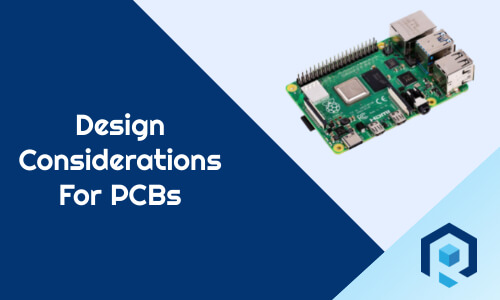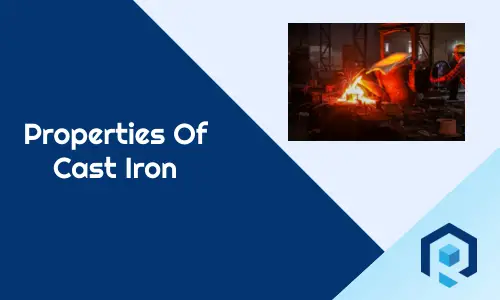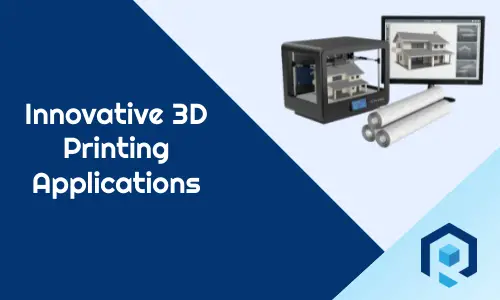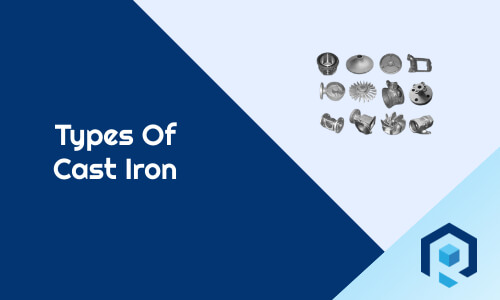Overmolding is the process of molding a part with two or more different materials. It’s one of the trending manufacturing methods in the plastic molding industry. So it makes sense to get a clear idea about this process. Right? In this article, let’s learn What is Overmolding and what is the Manufacturing process of Overmolding.
What is Overmolding?
Overmolding is a plastic manufacturing process where two materials ( Plastic or Metal) are bonded together. The bonding is usually chemical bonding, but sometimes mechanical bonding is integrated with the chemical bonding. The primary material is called Substrate, and a secondary material is called Subsequent.
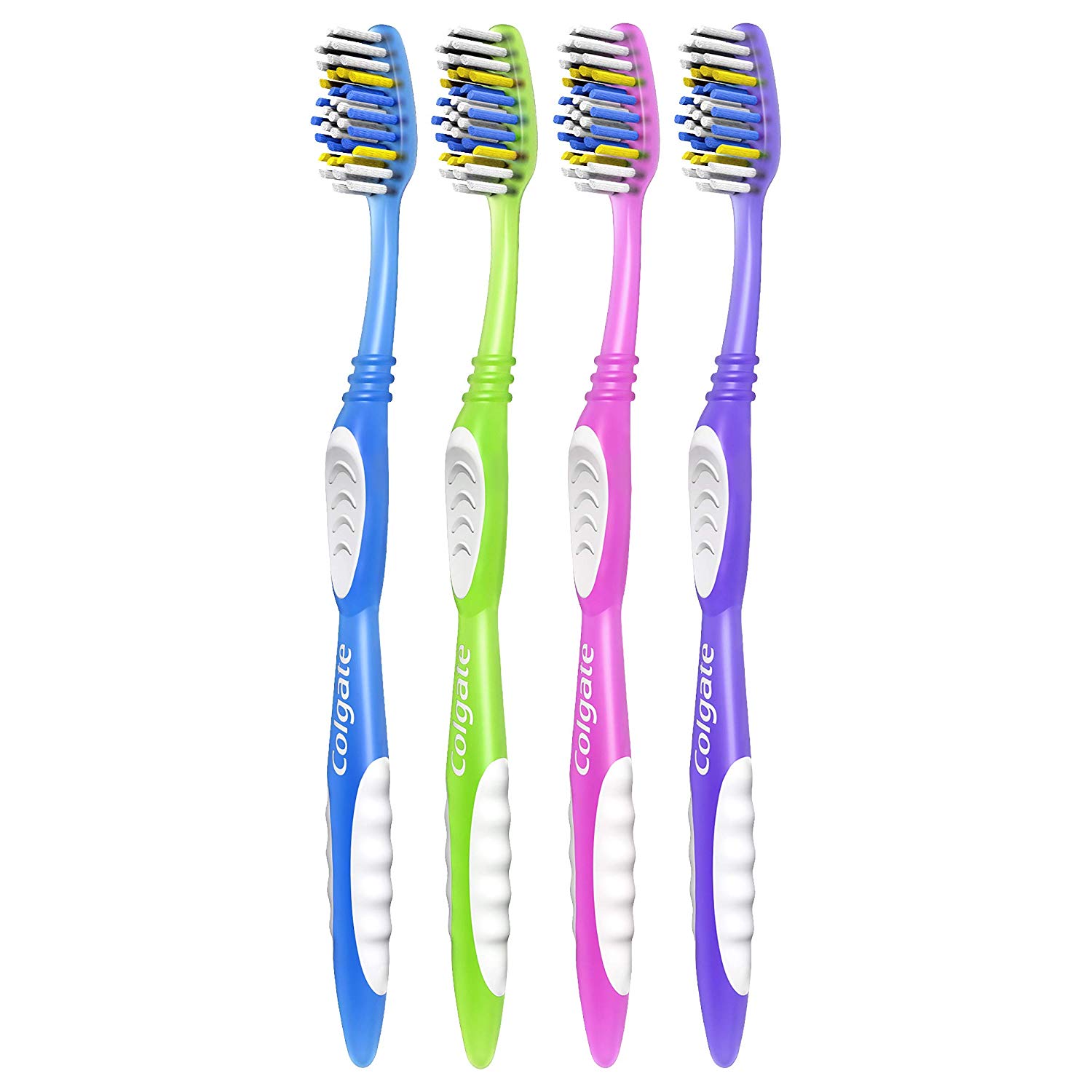
Overmolding is getting increased popularity due to reduced production cost and quick cycle time. On top of that, you will be able to get aesthetically appealing products in the Overmolding process.
Why Overmolding?
When we talk about Overmolding, the only thing that came to our mind is that it offers more aesthetic advantages. But that’s not the only advantage that Overmolding offers. For example, A toothbrush that needs a soft material to grip on top of the hard brush material can be molded using the Overmolding process. The different color soft material enhances the look and enhances the way people handle the brush.

Sometimes Overmolding is a good option to add a different material on top of any brittle parts so that it can absorb impact. This increases the product’s durability and performance. Having said that here is a summary of what Overmolding can do.
Enhanced Aesthetic Appeal
Overmolding helps to achieve a good aesthetic feel. You can add different colors, materials, soft rubbers on top of the main material to achieve aesthetic requirements.
Sometimes to achieve a good aesthetic, manufacturers use multiple methods, but in the case of Overmolding, it’s a single process where you can get the same look and feel.
Increase Product Performance
One of the key reasons for products to degrade performance over time is shock, vibration, noise, Fatigue, creep, etc. Often products fail due to the failure of absorbing static loading or impact loading. Overmolding a part with soft material can absorb impacts and thus improve performance.
Simplified Process flow
Parts manufactured using overmolding can also be done using multiple methods. But generally, you need more than two operations to make the part. Overmolding can help you manufacture the part in just two operations and that’s why it simplified the process flow.
Lower Manufacturing Cost
Overmolding can help to reduce manufacturing costs by reducing the number of operations needed to make the part. For example in the automotive field, you can mold an injection-molded dashboard with a rubber lining using overmolding process instead of assembling the injection molded part and rubber. Thus it reduces production cost.
Design Flexibility
Sometimes complex assembly design can be incorporated in an over-molding process and instead of assembling multiple parts, overmolding can create a single part having features of all those parts. For example, a car dashboard, car headlight, etc
Eliminates Fasteners & Adhesive
For example in the case of a toothbrush, the soft colorful grip is over-molded. If you think of it is a second part then we might have required adhesive to glue that. Right? So overmolding eliminates the adhesive in this example.
Enhanced User Experience & Ergonomics
Most of the overmolding process outputs part with multiple colors which looks good from a customer point of view. Overmolding offers to add soft-touch materials, better gripping, and many other useful features which ultimately enhance user experience and better ergonomics.
What is Substrate?
A substrate is a primary material on top of which the second material will be molded. This can be a machined metal part, a molded plastic part, a screw, an electrical connector, or can even be a product.
What is Subsequent?
Subsequent is the secondary material that will be used to overmold substrate. This can be a polyethylene cover, a soft rubber, or can be any plastic.
Please make a note that, not all plastic is compatible with over-molding. Usually, when you do overmolding for metal with plastic, you won’t see any issue. But when you overmold plastic with another plastic, the compatibility issue arises. For example, when you over-mold plastic with plastic, the melting point for substrate material should be higher than subsequent material.
Types Of Overmolding
Overmolding is not limited to only two materials. Manufacturers are exploring different options to do overmolding as per market demand. Below are a few general types of overmolding process which is also industry standard practice.
- Insert Molding
- Two Shot Molding
- Co Injection Molding
Insert Molding
Insert molding is a single shot overmolding process where first the substrate is placed in the mold and overmolding material or subsequent material gets injected into the mold. Once cooled, we get the over-molded part bonded together. Below are the types of insert molding practices used by industries.
Plastic Over Plastic (Plastic Overmolding)
Generally, the substrate, in this case, is a hard plastic and the subsequent materials are soft plastic. This is the widely used overmolding type.
Plastic Over Metals (Metal Overmolding)
This type of overmolding is also getting used on a larger scale. The substrate material, in this case, is metal and subsequent material is plastic.
Rubber Over Plastic
In this case, plastic is the substrate and rubber is the subsequent material. This type of molding is gaining popularity as it helps to get good Aesthetic plastic parts.
Rubber Over Metals
In this case metal is the substrate whereas rubber is the subsequent material.
Insert Molding Manufacturing Process
Insert molding is a single-shot injection molding process. The mold is simple in design and mold cost is also relatively low. Below are a few steps of the Insert Molding manufacturing process.
- Step 1: The base part or substrate is placed into the mold. For example, the screw referring to the above picture
- Step 2: Subsequent materials ( Usually thermoplastic or rubber) is injected into the mold which already has the substrate placed
- Step 3: Substrate and subsequent bonds with each other and we get a single over-molded part after cooling.
Two Shot Molding ( Multi Shot Molding)
Two Shot molding, often called Multi-Material or 2K molding is a widely used overmolding process. It requires a special injection molding machine that supports multi-barrel for multi-material injection. Also, it should have a rotating arrangement for the tools so that multiple materials can be injected into the same mold. Part manufactured in two-shot molding can also be done using insert molding but in the case of two-shot molding, you will get better quality.
Two shot molding manufacturing process
- Step 1: Material is injected from the 1st barrel to the mold. This is the substrate material
- Step 2: First material takes the shape of the mold and solidifies and cavities are separated
- Step 3: The mold rotates and comes in a position aligned with the second barrel
- Step 4: Material gets injected from the second barrel
- Step 5: Second material takes shape on top of the first molded part. Part solidifies and taken out from the mold
Co Injection Molding
Co Injection molding is a special type of injection molding process where two different materials are molded in a single operation. Unlike insert molding or two-shot molding where the substrate is a pre-molded part, in the case of co-injection molding both materials are in a molten state. What that means is that the substrate material will remain in a molten state when the subsequent materials get injected.
The process is very complicated and a higher amount of consideration is required in terms of material selection. The reason being both materials needs to be chemically bonded. The cost of a co-injection molding machine is very high and tooling is also very expensive.
Co Injection Molding Manufacturing Process
- Step 1: A small amount of skin material is injected into the mold which partially occupies it
- Step 2: Core material is injected into the mold until it pushes the skin material to the mold surface. The mold should not fill completely
- Step 3: The skin material is injected again into the mold to enclose the core material
- Step 4: Once solidifies, parts get ejected from the mold.
Application Of Overmolding
- Medical
- Automotive
- Aerospace
- Consumer Electronics
- Controls
Benefits Of Overmolding
- Quick cycle time
- Less number of operations
- Better aesthetic part
- Enhanced part durability and performance.
- Low cost per part for mass production
Drawbacks Of Overmolding
- Initial tooling investment is high
- Materials compatibility
- Complex machine setup
Conclusion
I hope this article could able to provide you enough information to give you a fair idea about Overmolding. Though this guide is not exclusive and you are open to contributing to anything that I missed.
Please pen down your query of doubts in the comment section and I will be happy to answer you.
